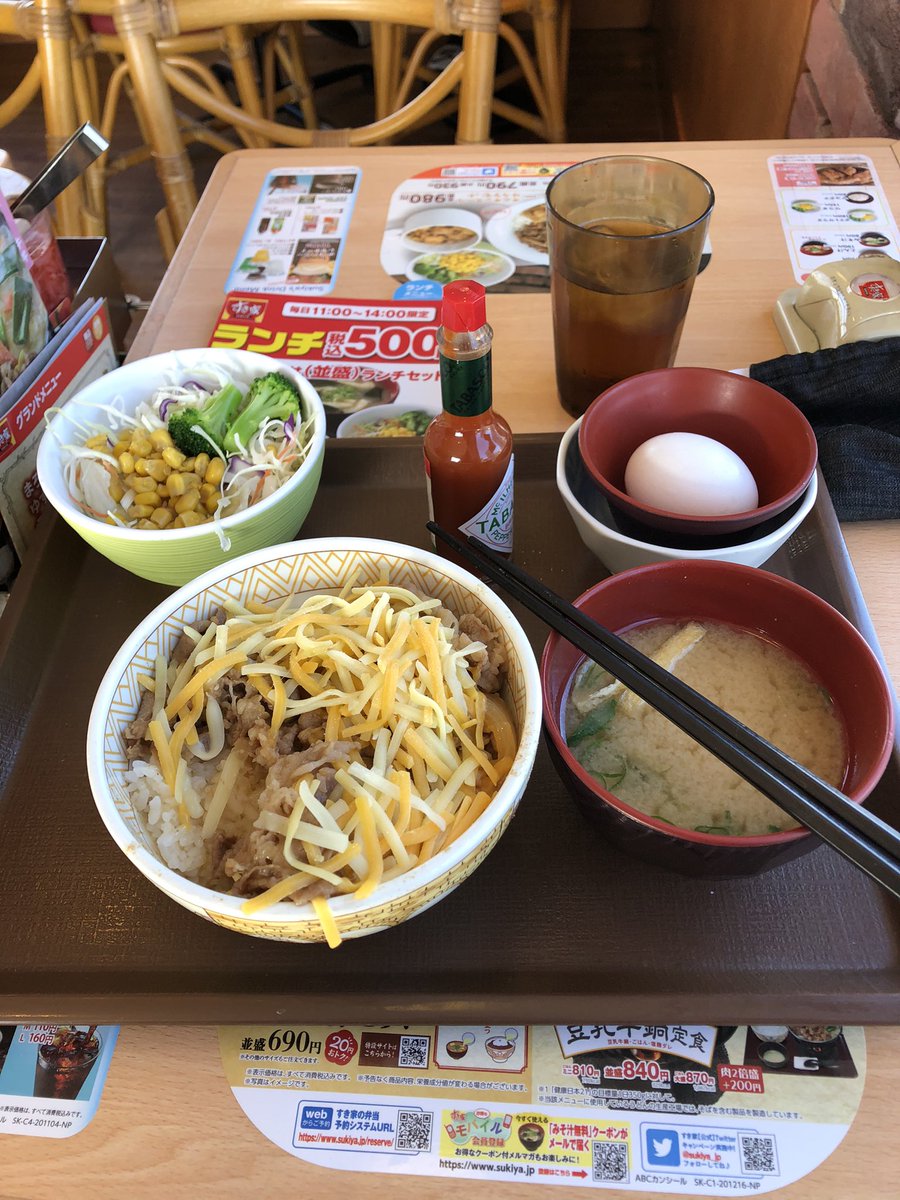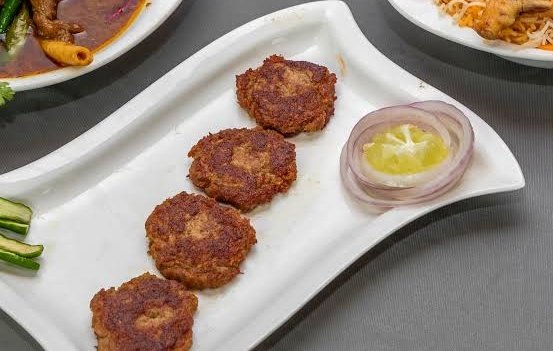This lunch is 500 yen ($4.80) at Sukiya, a Japanese fast food restaurant which belongs to a category with about three big competitors.
I love the aesthetics of this category and they’re under remarked upon.

They also are a wee bit of a cartel, and I appreciate the aesthetics of the cartel:
And the heads of the three chains got together, and decided that the price of the basic beef bowl needed to increase, but given the economic circumstances how could they hold the line.
“We are very sorry, given the economic environment, to raise the price from 165 yen to 180 yen, but we are doing our level best to keep it there, and have mutually decided that approximately one yen of margin is appropriate.”
If your offering is “I plate a bit of five big pots of things I cooked in the morning and keep heated as serving temperature all day” you can get the offering almost arbitrarily cheap.
Explains bowls, curry, etc





























